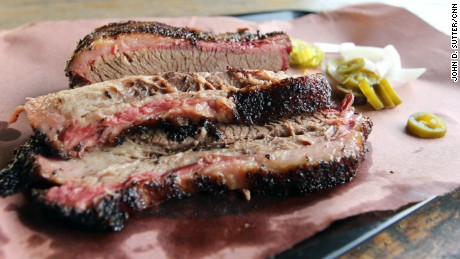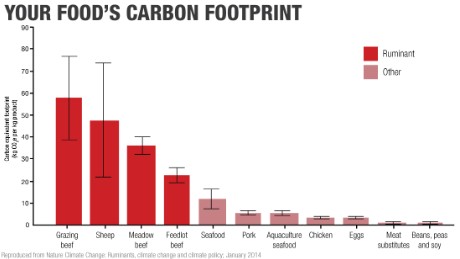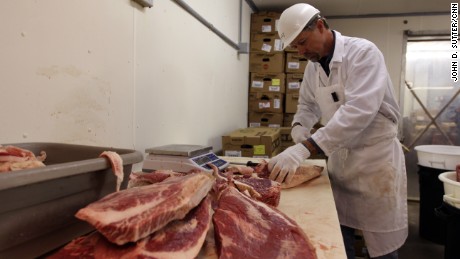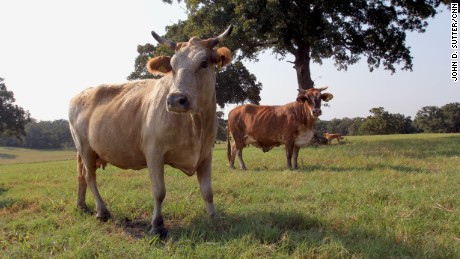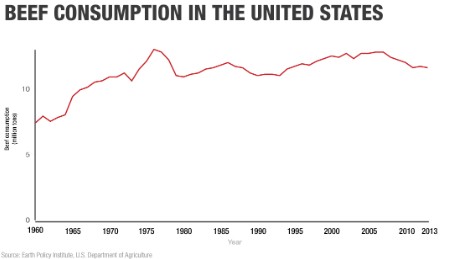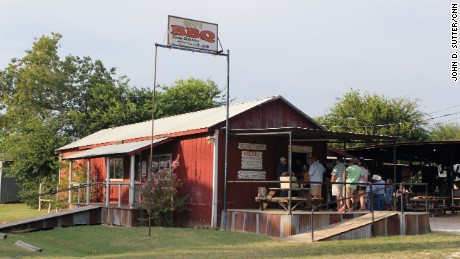I always wonder what drives these people??
There are various drivers but being selfish and egotistical are major factors in most cases
They are like junkies and it's all about what THEY want and everything else takes second place, including family
Jealousy seems to play a large bit part as well from what I've seen, with a healthy dose of paranoia too
It's not a happy place to be, sometimes you hear them say "my family is everything" but the reality is that their family is "the only thing" because they have no real friends and only close family would put up with their crap
Most disappear into oblivion like the rest of us because there is so little genuine talent around
Accumulating money is a wonderful diversion for these people, money makes a good consolation prize and has saved a lot of war/conflict from happening over the last 100 years
There are various drivers but being selfish and egotistical are major factors in most cases
They are like junkies and it's all about what THEY want and everything else takes second place, including family
Jealousy seems to play a large bit part as well from what I've seen, with a healthy dose of paranoia too
It's not a happy place to be, sometimes you hear them say "my family is everything" but the reality is that their family is "the only thing" because they have no real friends and only close family would put up with their crap
Most disappear into oblivion like the rest of us because there is so little genuine talent around
Accumulating money is a wonderful diversion for these people, money makes a good consolation prize and has saved a lot of war/conflict from happening over the last 100 years
